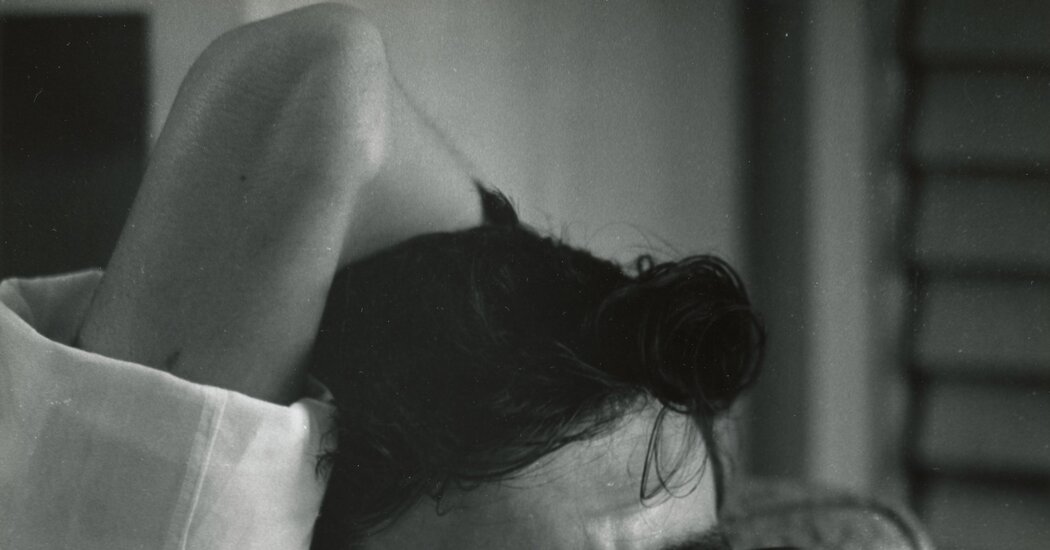McMurtry was recognized, during his lifetime, as an important American writer. He won a Pulitzer Prize (for “Lonesome Dove”) and an Academy Award (for writing the “Brokeback Mountain” screenplay with his frequent collaborator Diana Ossana). He matters because of how closely he observed declining ways of life, and he intimately charted the national migration from rural to urban existence. But as he pointed out, in a letter to his friend Ken Kesey, the author of “One Flew Over the Cuckoo’s Nest,” his books worked because of the attention paid to character:
“For me the novel is character creation. Style is nice, plot is nice, structure is OK, social significance is OK, symbolism worms its way in, timeliness is OK too, but unless the characters convince and live the book’s got no chance.”
McMurtry met Kesey when both were graduate students in the creative writing program that Wallace Stegner ran at Stanford University. Kesey arrived in 1958, McMurtry in 1960. They were competitive. But while McMurtry spent every morning writing (he averaged five to 10 pages a day, every day, his entire life), Kesey became increasingly interested in being a countercultural impresario. McMurtry barely drank and did not do drugs, but he did make an amusing cameo appearance in Tom Wolfe’s book “The Electric Kool-Aid Acid Test” (1968), about Kesey’s road trip with his Merry Pranksters.
Women loved McMurtry, and he loved them back. He had a long string of female confidantes and sometimes lovers, and these were by and large serious relationships. Unlike James Dickey, who makes an appearance in this book with a stripper known as the Miami Hurricane, McMurtry was not a serial imbiber of groupies. He married twice, once early and once late. After his divorce from his first wife, Jo Ballard Scott, in 1966, they continued to see each other nearly every day and he paid for her classes at Rice University. They talked on the phone constantly. Scott said, “He was always the guy that drove everybody home.”
Outside of his marriages, he tended to be intertwined with several women at once, none of whom, in this telling at any rate, has a bad word to say about him. These women included not just Keaton and Shepherd but the writer Leslie Marmon Silko and the journalist Maureen Orth, to whom he dedicated “Lonesome Dove.” McMurtry was always on the road, there but not there. “I had become a kind of Proust of the message machine,” says McMurtry’s alter-ego Danny Deck, in “Some Can Whistle” (a sequel to my favorite McMurtry novel, “All My Friends Are Going to Be Strangers”), “leaving elegant, finely modulated monologues on the … machines of distinguished, or at least distinctive, women in New York, California.”
The only thing that meant more to McMurtry than his relationships was his writing. This book is a study in vocation. Dave Hickey got the first word in this review. Let’s give him the last one, too:
“Larry is a writer, and it’s kind of like being a critter. If you leave a cow alone, he’ll eat grass. If you leave Larry alone, he’ll write books. When he’s in public, he may say hello and goodbye, but otherwise he is just resting, getting ready to write.”
LARRY McMURTRY: A Life | By Tracy Daugherty | Illustrated | 550 pp. | St. Martin’s Press | $35


